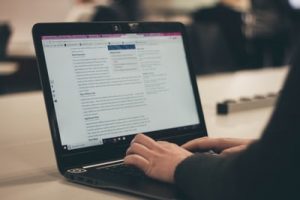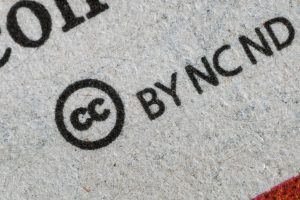
Remixers were taking old music and combining them in new ways. They created a new frontier of music with the use of technology that was never seen before. It was a new experience that left the original artist and the new creators in a morally gray area about who was the true owner and if it was okay for the new creators to make money and market the “old work” as their own. The original artist “saw a supermarket and they wanted to get paid”. They thought that because the original song was used, even if it was heavily changed and reformatted, it was a copyright infringement. If it was to be used then they needed to at least be paid for the use.
Even the use of happy birthday was not free. If it was ever played in a public place then the royalties would be given to Warner Chapel, the owner of the song.
Originally all things were in the public domain. The printing press was made using the public domain as the idea were free in the world and it was perfected by the creator, thus the machine. Ironic as it was used to spread and copy ideas from page to page, arguably a copyright issue.
Napster was one of the first instances of a copyright issue on the internet. It made music accessible to anyone and everyone for free. It was a way to share music and create huge libraries of music and made everyone “distributers”. This took the power that would be in the record labels hands and put in the hands of the 52 million who had subscribed to Napster. The money that would have been the record labels forced them to sue people who had unknowingly made a copyright infringement. People who had jumped on the band wagon that was the new trendy music service were now being sued.
Even thinking about Disney. Every story was based off an old fairytale, remade for modern day. Steamboat Willy was based off the already made Steamboat Billy. Everyone turned a blind eye to this. But when another cartoonist tried to prove the point of Disney holding too much ownership over Mickey by drawing a series of his own cartoons containing Mickey, then he was taken to the supreme court. Even a daycare was sued by Disney because there were Disney charters on the wall.

In today’s world you can use anything before 1920. Disney copyrighted many stories, songs and more; then using their power changed the copyright laws so no one can could do it again.
Many people who are pro-mixing and see the art in it, make the argument that other artist are not regulated. Mixing music is just another form of this so why then is it so regulated and controlled. It is putting a choke hold on creativity and holding back the future of music. The new frontier is being held back.

This idea of intellectual property is one that is still widely debated today as the internet and its many forms of sharing ideas and content continue to grow. It is an unresolved issue that has no end is sight.
Here is the video that is being referenced in the post: https://www.nfb.ca/film/rip_a_remix_manifesto/
Open Education Resources:
- copyright applies to all work created
- copyright is assumed automatically
- Fair dealing gives a protected 10% for educational purposes
- One end is copyright and one is Public Domain- everything before 1940
- In-between the two: Creative Commons Licenses
- there is a ranging scale in this area as well
- Resources:
- Open society
- Open Source Software
- Open Data
- Open Educational Resources
- Open Science
- Open Access Research
- Attributes to make it an open education resource:
- Educational curriculum, materials, or mixed media
- Discoverable online as they are shared freely and openly
- Openly licensed (usually Creative Commons)
- Can be legally used by anyone to repurpose/ improve and redistribute
- OER Commons
- a good place to get open domain education resources
- Can export to google docs/classroom
- have to create an account to export
- Curriki
- Finds lesson plans in open domain
Upon using OER for the first time it seems like a really useful sight. It is a great way to make the stress of teaching a collective effort and to have a sense of community online through lesson plans.

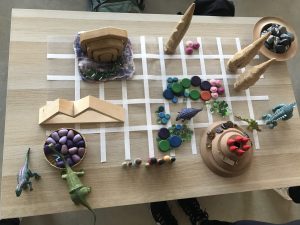
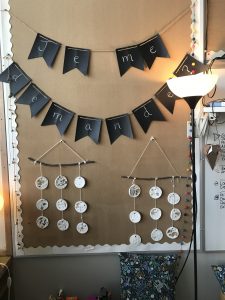
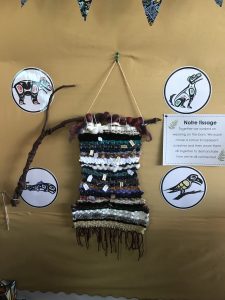 s she built her practice. I really liked this idea. She continued by explaining the inquiry steps starting with a guided inquiry and ending in free inquiry. She breaks the school year into trimesters and has a different level of inquiry with a different topic in each term. This instantly reminded me of my elementary school where we utilized a Scottish style of teaching called Storyline. I actually did my free inquiry project on it last term. Within this we had three different topics of inquiry throughout the year. It was always a decided topic such as a point in history or a book. Topic wise it stayed within guided inquiry but in the things that we did there were many sources of free inquiry.
s she built her practice. I really liked this idea. She continued by explaining the inquiry steps starting with a guided inquiry and ending in free inquiry. She breaks the school year into trimesters and has a different level of inquiry with a different topic in each term. This instantly reminded me of my elementary school where we utilized a Scottish style of teaching called Storyline. I actually did my free inquiry project on it last term. Within this we had three different topics of inquiry throughout the year. It was always a decided topic such as a point in history or a book. Topic wise it stayed within guided inquiry but in the things that we did there were many sources of free inquiry.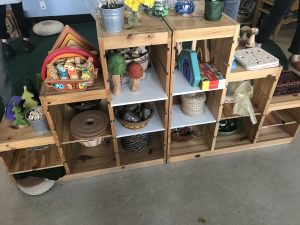
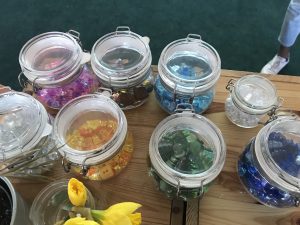 inquisitive stage of their life. It felt like it molded seamlessly with the curriculum and their abilities. I will definitely try to implement parts of it in my classroom and will try to make my classroom look as beautiful as hers.
inquisitive stage of their life. It felt like it molded seamlessly with the curriculum and their abilities. I will definitely try to implement parts of it in my classroom and will try to make my classroom look as beautiful as hers.
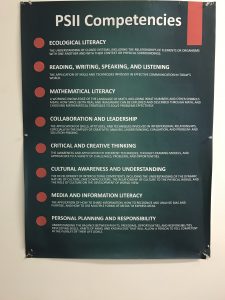
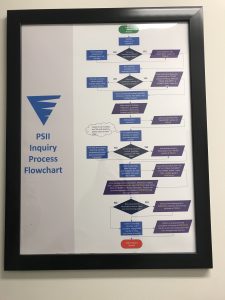



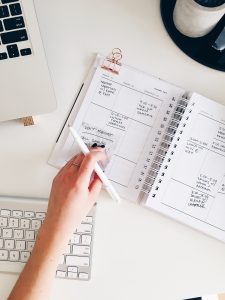 VS
VS 
